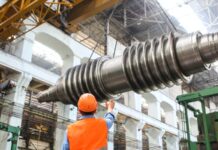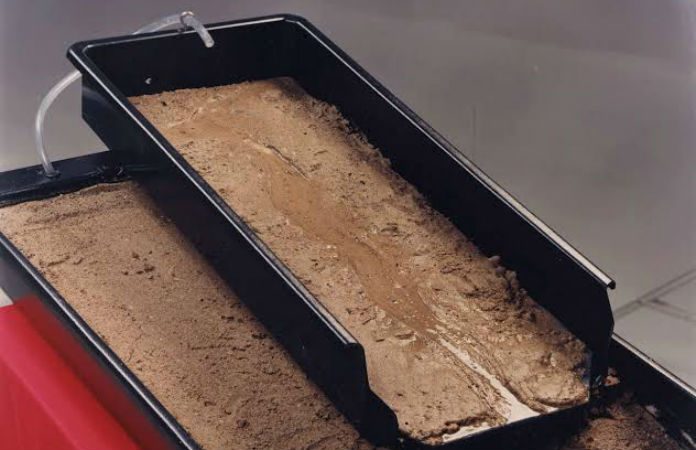Students in the geology department or those interested in learning river processes can’t rely only on textbooks to understand the complexity of river systems. They need a hands-on learning experience through a stream table.
Stream tables can dynamically simulate a variety of river processes like meander movement, floodplains, sediment transportation, and river water dynamics. They can speed up the processes in a way similar to their natural element.
Whether you want to explain the process of erosion or the creation of deltas, stream tables can provide helpful insights to the students. Here is how they help in understanding river processes:
Know About Terrestrial and Aquatic Landscapes
While teaching introductory or advanced modules of aquatic and terrestrial landscapes, you need a pragmatic approach. Stream tables are designed to display every concept about streams, coastal areas, climate change, sand dunes, and impact of urban development on river systems.
With the help of this practical tool, you can learn about concepts like drainage density, the impact of flooding, slopes, erosion zones, shoreline evolution, beach development, change in water availability, and storm intensity. Many colleges and universities have thus set stream tables in their labs to improve the methods of learning for their students.
Ability to Display Large Scale Processes
Landscape-scale processes or river systems need a lot of visualization and thorough understanding by the learners. However, it isn’t possible to induce such a level of learning within the restraints of time and space in a classroom setting.
Taking students for an outdoor trip is a possibility, but there are factors like cold temperatures or unpredictable weather that can mar this probability. So, the best way to explain these large-scale processes is to install a stream table that demonstrates specific processes perfectly.
Remember, the physical laws remain constant whether you explain stream and coastal systems in a scaled model or the natural environment. You can still learn about river processes and channel behaviors without any interference.
Control over the Intensity of Processes and Features
Teaching in the outdoor natural environment is restricted by environmental conditions. There may be factors like unexpected amounts of flow in the stream or variable climatic conditions. However, you can control all these variables in a scaled model that can fit within the confines of your classroom.
Also, it allows isolating specific elements like wave sizing and measure variables like beach erosion under different conditions. The flow control module of stream tables makes them perfect learning tools for students at all levels. They come with a flow controller that helps to regulate the rate of water release for understanding the impact of floods on the streams.
Instigate the Interest of Learners
When you have your hands in moving sand and can experience the impact of running water around various river elements, it becomes a great learning experience. Students prefer this approach as it piques their interest in complex processes. A stream table not only helps to educate the students but also motivates them to do research in a creative way.
This is how stream tables help in understanding and learning about complex river processes.




























































